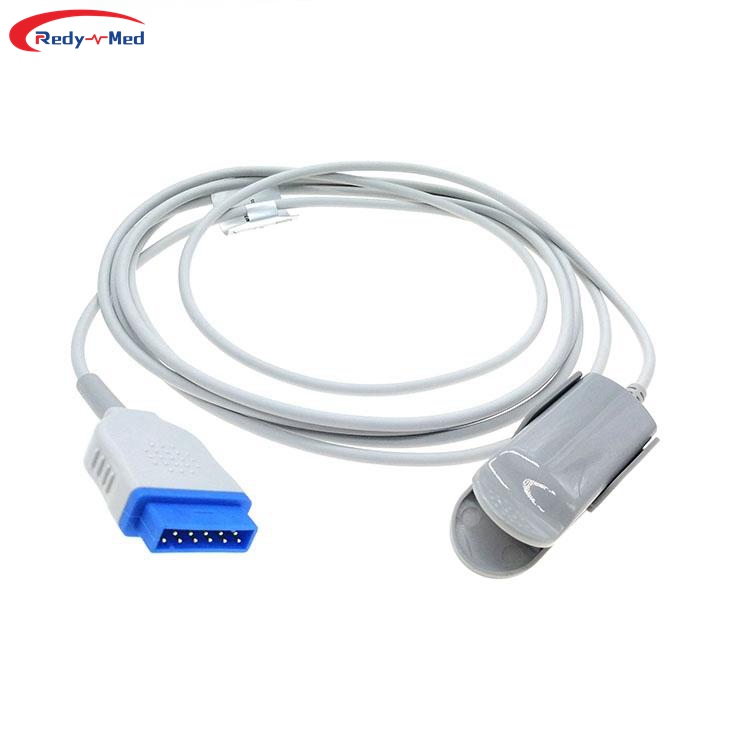
- Home > News > Industry News
How to properly use the blood oxygen saturation sensor to monitor health status
2023-07-12 15:01:38
Understanding the Benefits of the Blood Oxygen Saturation Sensor

The blood oxygen saturation sensor is a revolutionary piece of technology that allows individuals to monitor their health status accurately. This sensor measures the oxygen levels in your blood, providing valuable insights into your overall health and well-being. By understanding how to properly use this sensor, you can take control of your health and make informed decisions to improve your lifestyle.
Step 1: Familiarize Yourself with the Sensor
Before diving into using the blood oxygen saturation sensor, it is crucial to understand its physical structure and functionality. The sensor typically consists of an LED light source and a photodetector. The light source emits light through your skin, and the photodetector measures the amount of light that is absorbed, reflecting the oxygen levels in your blood.
Step 2: Preparing for Measurement
Prior to using the blood oxygen saturation sensor, certain preparations should be made for accurate readings. Ensure that your finger or earlobe is clean and free from any dirt or moisture. The sensor must be firmly attached, and the surroundings should be well-lit and distraction-free. Additionally, it is important to sit still and remain calm during the measurement to obtain precise results.
Step 3: Conducting the Measurement
Proper measurement technique is crucial for accurate readings. Gently place your finger or attach the sensor to your earlobe, following the manufacturer's instructions. Hold your hand steady and wait for the reading to stabilize. It is recommended to take measurements multiple times throughout the day to establish a pattern and monitor any fluctuations in oxygen levels.
Overview of Health Status Interpretation
Understanding the interpretation of blood oxygen saturation readings is essential for monitoring your health effectively. Normal blood oxygen saturation levels typically range from 95% to 100%. Readings below 90% may indicate potential health issues, such as respiratory disorders, heart problems, or even COVID-19 related complications. If you notice consistently low oxygen saturation levels, it is advisable to consult a healthcare professional for further evaluation and guidance.
Advancements and Future Applications
The blood oxygen saturation sensor is continuously evolving and finding new applications in the field of health monitoring. With the advent of wearable technology, these sensors can now be integrated into smartwatches and fitness trackers, enabling individuals to monitor their oxygen levels continuously. This advancement provides users with real-time data and prompts them to take necessary actions if any abnormalities are detected.
Conclusion
Mastering the use of the blood oxygen saturation sensor is a powerful tool for monitoring your overall health status. By following the proper techniques and understanding the interpretation of the readings, you can proactively manage your well-being. With ongoing advancements in sensor technology, we can expect more comprehensive and accessible health monitoring solutions in the future.
Get the latest price? We'll respond as soon as possible(within 12 hours)




